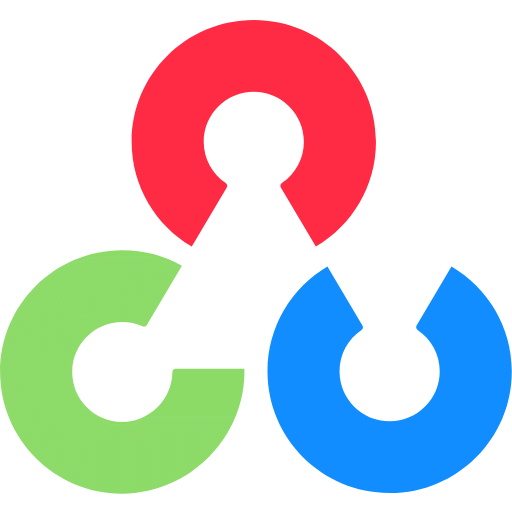AI in Healthcare Lab
Projects are being developed in the field of medical image processing. Work is continuing with the aim of observing an increase in model performance with limited and unlabeled data.
Theoretical and practical experience was gained in machine learning and image analysis.












